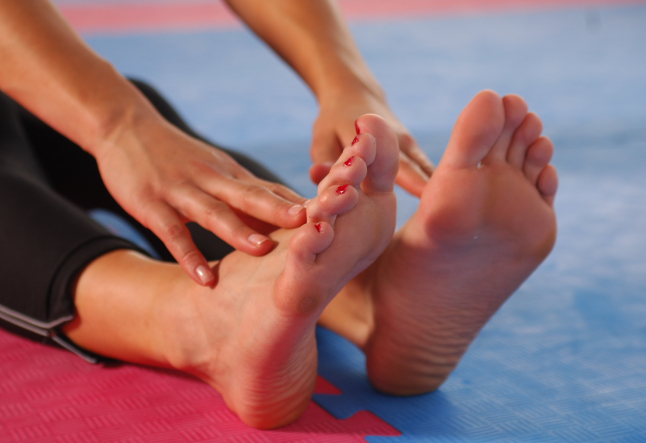yoga is safe

stay safe, have fun and promote classes in a positive way
Yoga has one of the highest retention rates of any sport. It is recommended by doctors and can be practiced by anyone, regardless of age or current level of fitness.
So, why do we see posters and promotions for yoga classes emphasising ”˜safe’ practice? This question came to me when I saw a poster for yoga classes emphasising safety and insurance, alongside promotions for rock climbing and other potentially dangerous pursuits, which did not see the need to stress safety at all!
It appears that one of the main ways to market yoga is to stress ‘safety’ with an emphasis on qualifications and safe practise…Surely, it would be more encouraging to emphasise why yoga is so good for you and encourage others to give it a try?
If you already practice yoga, you will be aware of the benefits and joy you experience on the mat. But. How do we encourage others to join us and promote your classes in a positive way?So, is yoga dangerous? Or any more dangerous than the other activities on offer which promise fun, fitness and new skills?
There is little evidence that yoga is harmful. I have not had any claims and do not know of anyone who has had any. Teachers are trained to be vigilant to their students and guide them with respect and consideration to their own abilities. This does not mean that they will not encourage them to ”˜their edge’, but they will not be pushing them over the top!
Of course, choosing the right class is important and commitment to a regular practice under a knowledgeable teacher will ensure gradual progression. And, development should be the aim – watching and nurturing the body as it explores, expands and strengthens – rather than trying to copy poses that the body may not be suited or ready to practice.
Yoga is about the mind and body working together and by respecting your limitations and slowly and mindfully stretching your boundaries, you will be amazed at how far you can go!
Tips for a safe practice
1. Know yourself – your strengths and weaknesses – and be prepared to commit to a regular practice.
2. Find a style of yoga that matches your intentions.
3. Talk to your teacher about your expectations from the class and any limitations you may have.
4. Take your time, yoga is not about performance but about self discovery.
Well-trained teachers and responsible students do not take risks that either perceives as damaging. Let’s tell everyone about the wonder of yoga and offer a caring, confident environment that ensures students feel safe without the negativity of suggesting that there is danger in Dandasana!